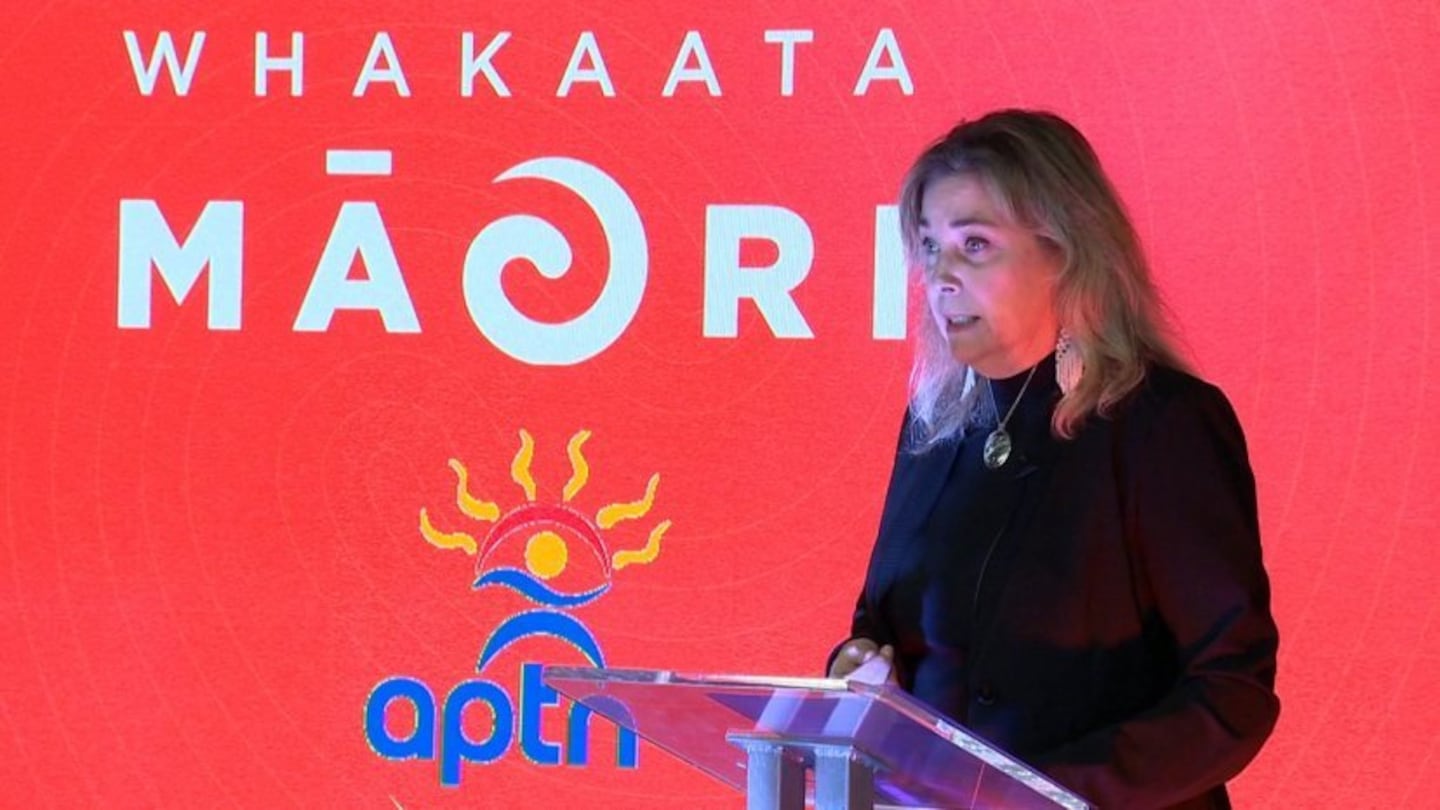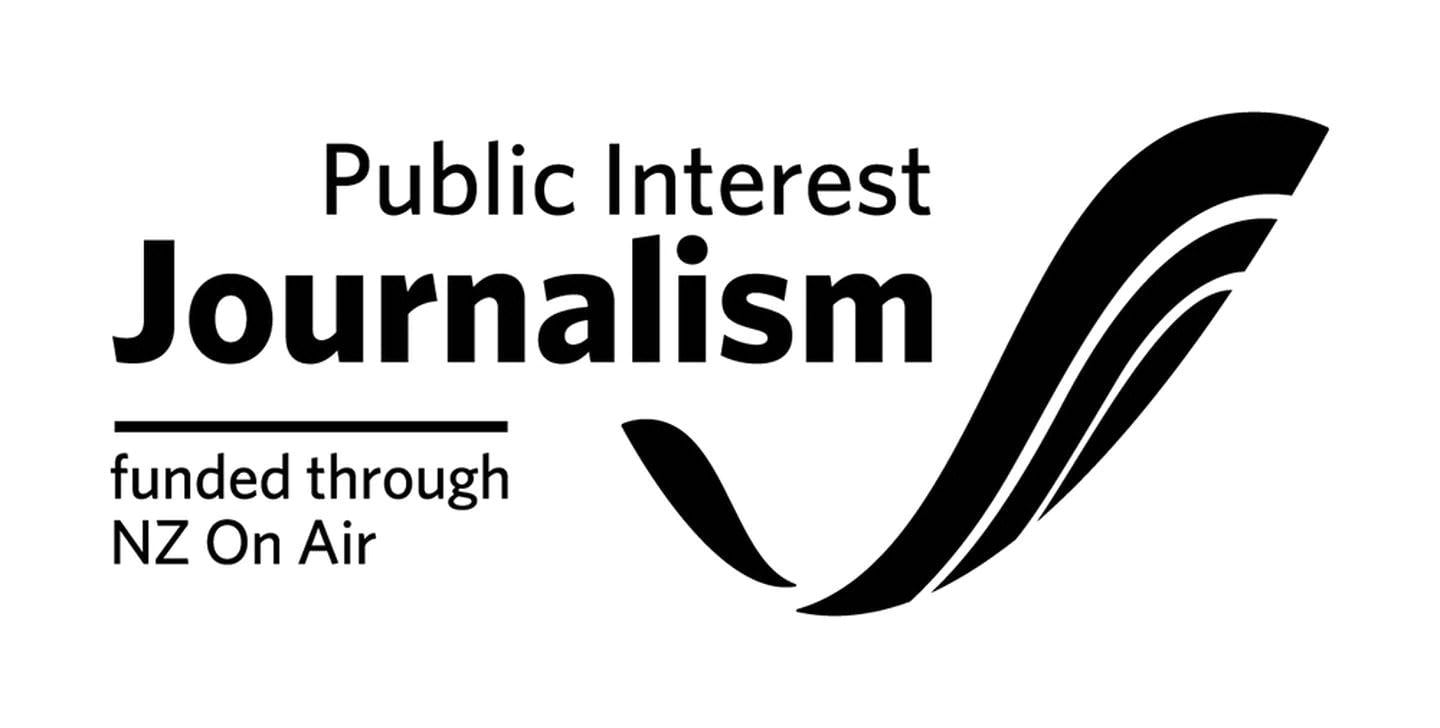Today marks a special day for Whakaata Māori.
A memorandum of understanding (MOU) was signed between Aotearoa’s indigenous broadcasting network and APTN, the Aboriginal Peoples Television Network in Canada.
The MOU, which is supported by shared indigenous values, establishes a strategic partnership between Whakaata Māori and APTN to share and distribute content.
First launched in 1999 as the first indigenous broadcaster in the world, APTN content is by, for and about indigenous peoples and goes to 10 million households throughout Canada. It features programming in English, French and Indigenous languages, and is a founding member of WITBN (World Indigenous Television Broadcasters Network).
APTN chief executive Monika Ille (Abenaki First Nation of Odanak) talked to teaomāori.news about the momentous occasion during her visit to Whakaata Māori today.
APTN & Whakaata Māori come together for a historic day .
Whenua connection
Taking in her first pōwhiri, where she and other APTN delegation members were officially welcomed, she said it was “powerful and emotional at the same time.
“Even though you don’t understand the language, it’s the movement, eye contact, the way things are done – there’s a connection.
“We both have a connection with the land and our surrounding, and I felt it came through.”
The chief executive responded with a drum-song from her own people, called The Eagle Song.
Ille said the MOU was a symbol of the two companies coming together to work in unison “to make sure there is going to be a future”, and to “continue to thrive in our storytelling”.
“People still have a perception that Indigenous stories are only for Indigenous peoples – no. A good story is a good story wherever it comes from.
Attracting wider interest
“I think people should learn to listen more about who we are and what we bring to the table. As an Indigenous-owned media, we’re an expression of our identity. We play this very strong role in connecting.”
With support from communities back home in Canada, Ille said APTN had a duty to keep going, not only to tell Indigenous stories but also to preserve and promote languages that are dying.
On the discovery of thousands of unmarked graves of indigenous children in Canada in 2021, Ille said that the mainstream media covering it had given people a shock about the traumatising experiences that Indigenous peoples had gone through.
“I think that opened up more about 'who are the Indigenous people and where are their stories?'. We’ve seen that APTN has more traffic on our linear channel, streaming website, more people are coming to us, and mainstream media are coming to us to partner on storytelling.
“I feel there’s a movement happening.”




